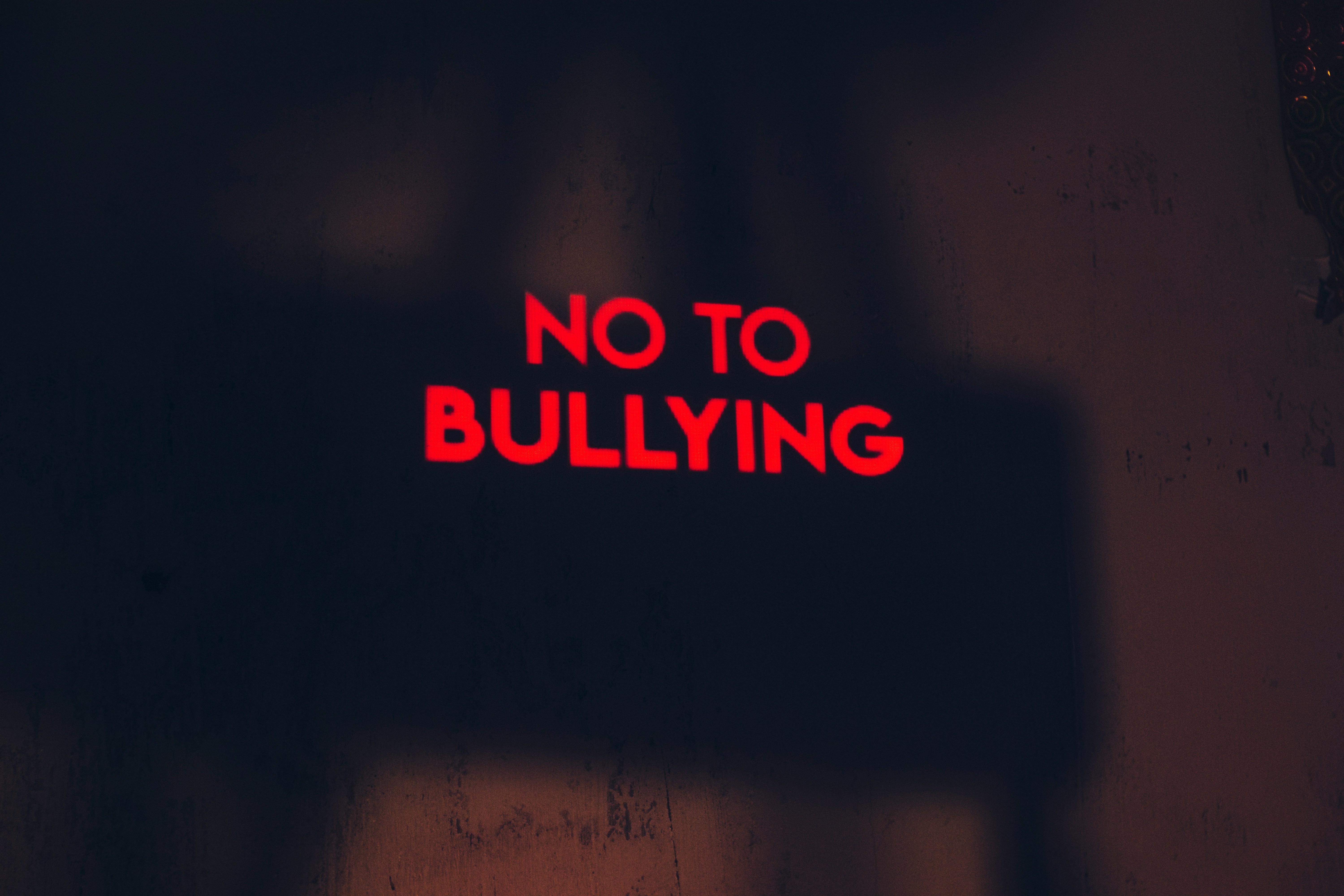The digital age has brought countless benefits, but it’s also opened the door to one of today’s most pervasive challenges: cyberbullying. Unlike traditional bullying, cyberbullying is relentless, often anonymous, and can infiltrate every corner of a person’s life. From cruel comments on social media to targeted harassment through texts or emails, its effects can be devastating.
A Pew Research Center study revealed that 59% of teens and 41% of adults have experienced some form of online harassment. For many, it leads to anxiety, depression, and feelings of isolation. Yet, resilience—the ability to recover and thrive despite adversity—offers a powerful shield. By fostering emotional strength, building supportive networks, and implementing proactive strategies, you can better protect your mental well-being and navigate the challenges of online negativity.
Understanding Cyberbullying and Its Impact
Cyberbullying is deliberate, repeated harm inflicted through digital platforms. It can take various forms, including:
- Hurtful Comments: Insults or mockery on social media posts.
- Spreading Rumors: Sharing false or damaging information.
- Doxxing: Publishing private information to embarrass or harm someone.
- Exclusion: Purposefully leaving someone out of online groups or conversations.
The Mental and Emotional Toll
The effects of cyberbullying often go beyond the screen:
- Emotional Distress: Victims are 2-3 times more likely to develop symptoms of depression and anxiety (Cyberpsychology, Behavior, and Social Networking).
- Sleep Disruptions: Worrying about online harassment can lead to insomnia, with studies showing 70% of cyberbullying victims reporting sleep problems.
- Self-Esteem Issues: Repeated online attacks can erode confidence and self-worth, especially in younger users.
Understanding these impacts is crucial for building strategies to counteract them.
Strategies to Build Resilience Against Cyberbullying
Resilience isn’t about ignoring pain or pretending cyberbullying doesn’t hurt. It’s about learning to navigate challenges, manage emotions, and protect your sense of self-worth.
1. Set Healthy Digital Boundaries
One of the first steps to building resilience is taking control of your online experience.
How to Set Boundaries:
- Limit Screen Time: Spending less time online reduces exposure to negativity.
- Curate Your Feed: Follow accounts that inspire positivity and unfollow or mute those that bring stress.
- Use Privacy Settings: Restrict who can see your posts or contact you on social media.
Example: If a specific platform feels toxic, consider taking a break or deleting the app temporarily. Reclaiming your digital space can make a world of difference.
2. Strengthen Your Emotional Toolkit
Building emotional resilience helps you process the pain of cyberbullying without letting it define you.
Techniques to Manage Emotional Responses:
- Practice Mindfulness: Focus on the present moment instead of ruminating on hurtful comments. Apps like Calm or Headspace can guide you through mindfulness exercises.
- Reframe the Narrative: Remind yourself that the bully’s actions reflect their issues, not your worth.
- Use Affirmations: Counteract negativity with positive self-talk, like, “I am more than others’ opinions of me.”
Research Insight: Studies from The Journal of Adolescence show that mindfulness practices can reduce the emotional toll of bullying by 28%.
3. Build a Support Network
You don’t have to face cyberbullying alone. Leaning on others for support can provide validation and practical advice.
Tips for Building Support:
- Talk to Trusted People: Share your feelings with friends, family, or a mentor who can offer perspective.
- Join Online Communities: Seek out groups focused on positivity and shared interests to counteract negativity.
- Report and Document Abuse: Reach out to moderators or platform support to address serious incidents.
Example: A supportive friend might help you reframe a negative comment, reminding you of your strengths and value.
4. Develop Digital Literacy
Understanding how to navigate online spaces safely is a crucial aspect of resilience.
How to Build Digital Literacy:
- Recognize Troll Behavior: Learn to spot patterns of trolling, such as inflammatory or repetitive comments, and avoid engaging.
- Report Harassment: Use the built-in reporting tools on social platforms to address harmful behavior.
- Know Your Legal Rights: In some cases, cyberbullying may violate anti-harassment or defamation laws.
Research Insight: A study by Common Sense Media found that teens who understood digital safety were 40% less likely to be deeply affected by online harassment.
5. Focus on What You Can Control
Resilience often comes from redirecting energy toward areas where you have power.
Ways to Shift Focus:
- Channel Emotions into Creativity: Use art, writing, or music as an outlet for your feelings.
- Set Personal Goals: Concentrate on achievements that reinforce your sense of purpose and identity.
- Celebrate Strengths: Reflect on your talents, skills, and qualities that make you unique.
Example: After experiencing online negativity, one person began creating motivational art and found healing in the process of uplifting others.
6. Seek Professional Support When Needed
If cyberbullying has a significant impact on your mental health, reaching out to a professional can provide tools for recovery.
Types of Support:
- Therapy: Cognitive Behavioral Therapy (CBT) is particularly effective for managing the emotional effects of bullying.
- Hotlines: Organizations like StopBullying.gov or Crisis Text Line offer immediate support.
- School Counselors: For younger individuals, school counselors can provide resources and mediation.
Research Insight: Individuals who seek therapy for cyberbullying report a 35% improvement in emotional resilience (Journal of Adolescent Health).
Teaching Resilience to Younger Generations
Parents, teachers, and mentors play a critical role in helping children and teens navigate online challenges.
How to Foster Resilience in Kids:
- Model Healthy Online Behavior: Show kids how to set boundaries and respond thoughtfully to negativity.
- Discuss the Realities of Social Media: Remind them that people often project a curated, idealized version of life online.
- Encourage Open Communication: Create a safe space where they feel comfortable discussing their experiences.
Example: A parent might say, “If someone is unkind to you online, it’s okay to block them. Your well-being matters more than their opinion.”
Final Thoughts
Cyberbullying can be painful, but it doesn’t have to define your self-worth or limit your potential. Resilience isn’t about ignoring negativity; it’s about learning to face challenges with strength, self-compassion, and a clear focus on what truly matters.
Every time you set a boundary, reach out for support, or choose not to engage with negativity, you’re taking a powerful step toward reclaiming control. Over time, these small actions build a fortress of resilience that no comment or insult can tear down.
Your value isn’t dictated by others’ words—it comes from who you are and how you choose to show up for yourself. By practicing these strategies and leaning into the support of those who uplift you, you can navigate the digital world with confidence and peace of mind. You’re stronger than any cyberbully, and with resilience on your side, you can rise above.
Improve mental wellbeing with Hapday, Your Wellbeing Assistant
Join the millions of people using Hapday. Improve overall wellness & sleep.




